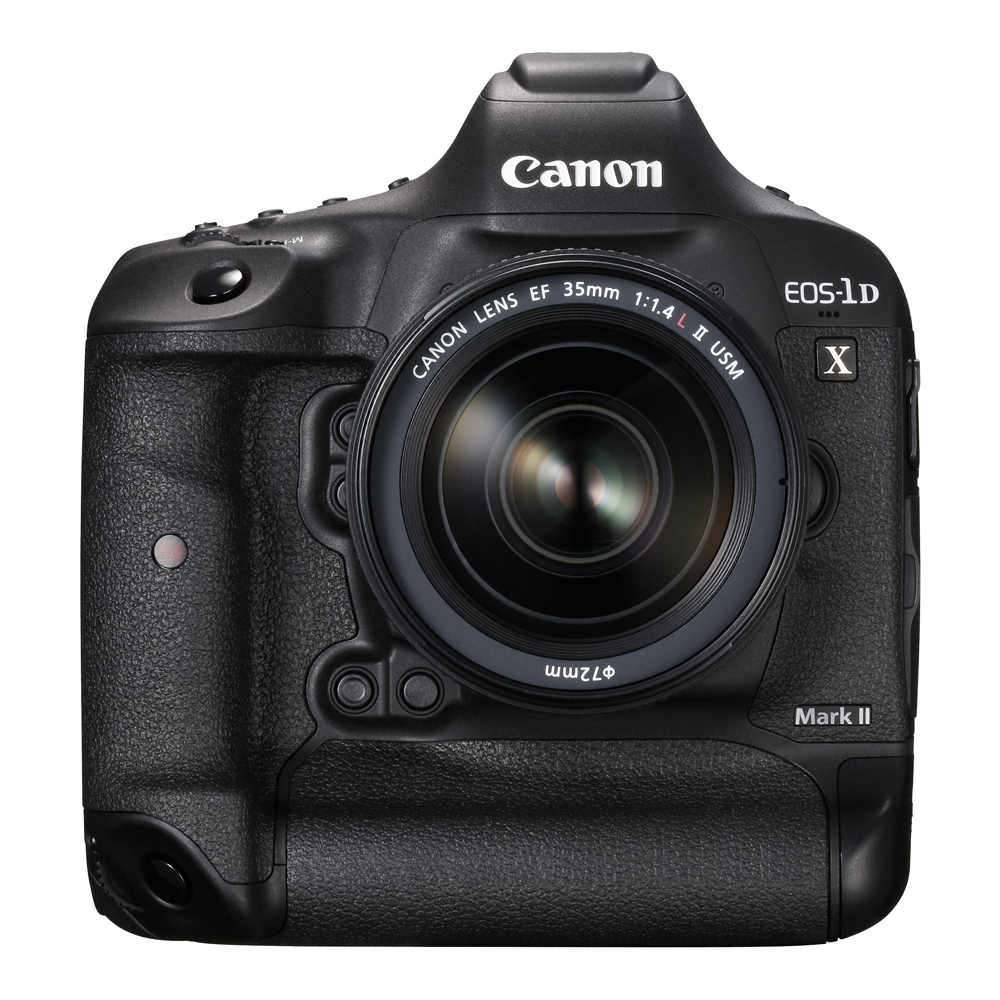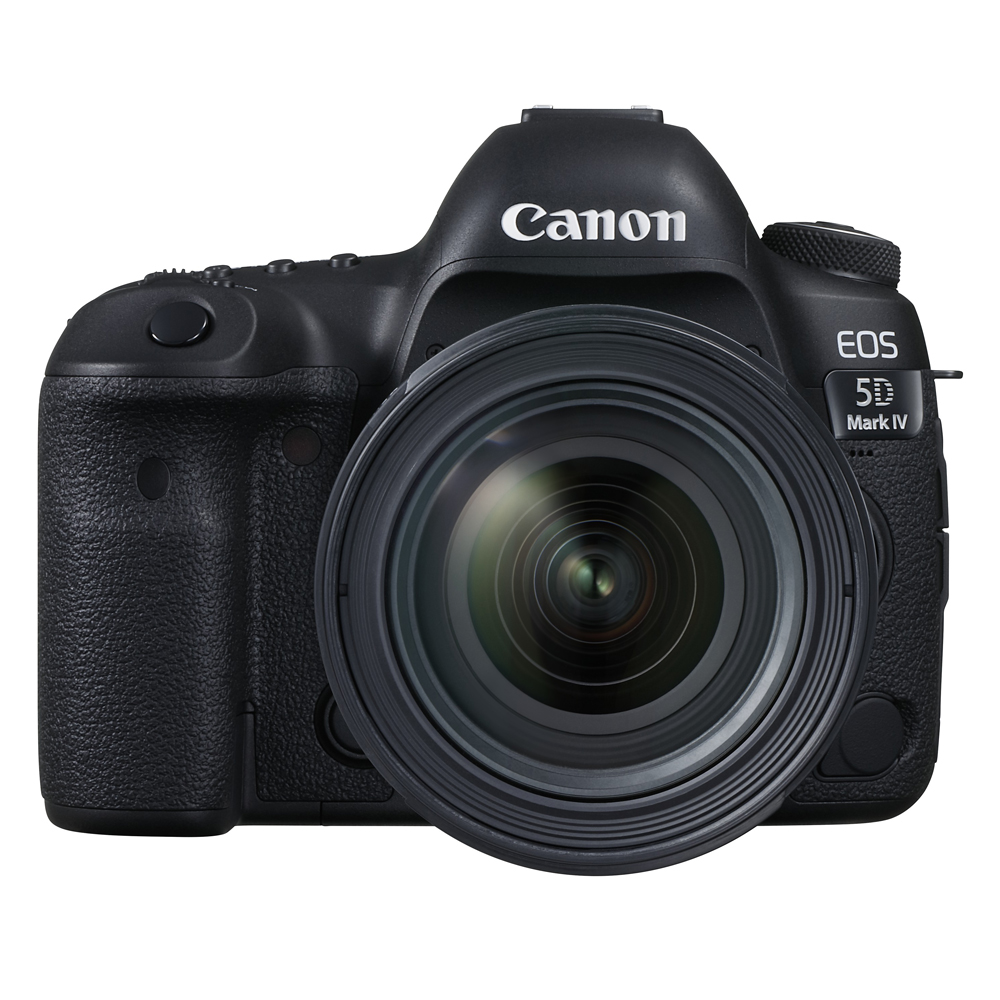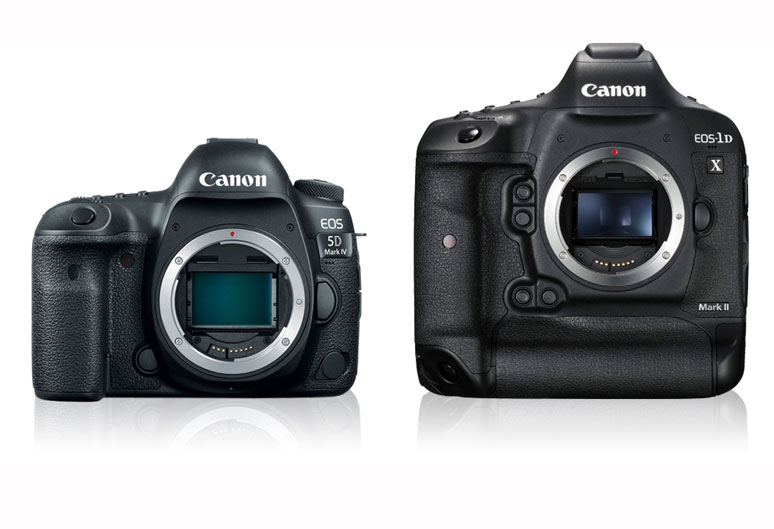As more and more photographers look to add video to the toolkit they offer their clients, you may have been thinking it’s time to get you a camera that can do both — shoot beautiful stills and gorgeous video.
Many manufacturers have stepped up to fill this niche, not least among which is Canon, who have produced plenty of muscly DSLRs with serious stills and video capabilities. We’re going to be looking at two of those today to give you an idea of which one might be the better buy for your needs — the Canon EOS 5D Mark IV, latest iteration in the series that kickstarted DSLR video, and the Canon EOS-1D X Mark II, the firm’s flagship workhorse camera for the pro photographer.
Let’s get started…
Common features

The first thing we should deal with is that these are two pro-spec DSLRs from the same manufacturer, and as such they share in common many features that will benefit the videographer. So let’s tick these off.
Both the Canon EOS 5D Mark IV and the Canon EOS-1D X Mark II use a full-frame sensor, meaning you won’t run into any of the problems that plague small-sensor cameras, such as high noise or poor low-light performance. While the sensors’ resolutions aren’t the same (more on that in a moment), their sizes at least are identical.
Both the 5D IV and the 1D X II can shoot 4K video and super-slow motion 120fps video, though there are differences in their footage in both cases, which we’ll come on to. The cameras both carry dual card slots — useful both for long days shooting and for an extra layer of backup redundancy — and both have jacks for external microphones and headphones. You’ll also find external HDMI outs on both cameras.
Both cameras also have capable autofocus thanks to on-sensor phase detections, as well as touch-sensitive controls on their rear LCD screens.
Of course, there are a few things worth mentioning that both cameras lack as well. Neither option will give you in-body image stabilisation, nor a tiltable LCD screen.
Build and handling

Though the cameras share DSLR-style build and handling, they are significantly different in a number of ways, the most glaring of which is visually obvious at a glance. The 1D X II is significantly larger and heavier than the 5D IV, weighing 1530g compared to 830g, and measuring 168mm in height compared to 116mm. Both cameras are pretty heavy and bulky, but the 5D Mark IV has an edge in being significantly lighter.
Part of this heavier build of the larger camera is the fact that it can take an absolute kicking — the 1D X II is designed as a workhorse camera, able to be dropped, scuffed and used in bad weather without compromising its operability. The 5D Mark IV is fairly rugged too, but the 1D X II has the edge in toughness.
There’s more as well — if you want to stream your footage quickly, you’ll really need Wi-Fi connectivity, which the EOS 5D Mark IV has, but the EOS 1D X notably lacks. This can be corrected with an accessory, however.
Footage
This is all well and good, you might think, but what about the actual video? What do these things actually shoot.
Well, as we mentioned earlier, there are similarities and differences here. Both the 5D Mark IV and the 1D X Mark II shoot 4K video, however the 1D X II does so at a higher maximum frame rate of 60p, compared to 30p on the 5D IV. The 4K on the 1D X II is also captured at a more favourable crop factor of 1.3x, compared to a slightly painful 1.75x on the 5D IV. The 5D IV benefits, however, from a 30.4MP sensor, compared to 20.2MP on the 1D X Mark II, and the footage it produces is appropriately lovely.
As we mentioned earlier, both cameras can shoot super-slow motion video at 120fps, however, the 1D X Mark II can do this at 1080p Full HD resolution, while users of the 5D Mark IV have to make do with it at a slightly disappointing 720p.
However, before you go thinking the 1D X runs away with it, there’s one additional important difference to note about these two cameras, which may help you make up your mind either way. Canon offers a flat colour profile specifically optimised for shooting video called Canon Log Gamma, or more commonly C-Log. This is a profile designed to deliver as flat an image as possible in order to retain maximum dynamic range and provide the maximum options for colour grading in post-production. Currently, this option is only available as an optional upgrade for the EOS 5D Mark IV, and not the EOS-1D X Mark II. You can read more about C-Log in our close-up article to better assess whether or not this is a deal-breaker for you. https://www.fixationuk.com/close-up-c-log-on-the-eos-5d-mk-iv/
Conclusion
If you’re a run-and-gun photographer looking to add video into the mix, who isn’t likely to bother doing much grading of the footage in post-production, but might want full use of cool action-oriented features like super-slow motion, go with the Canon EOS 1D X Mark II. Lots of the advantages it confers for stills photographers transfer well to video, and it will perform just as reliably for your video work as it will for your stills.
If you need more control over your final video, if you’re going to take the time to grade it and thus need every bit of dynamic range you can get — if perhaps you’re going to spend more time in indoor environments, or in situations where the weight of your gear is an issue, go with the 5D Mark IV. It does what it does efficiently and well, and you’ll find its footage a pleasure to work with.

